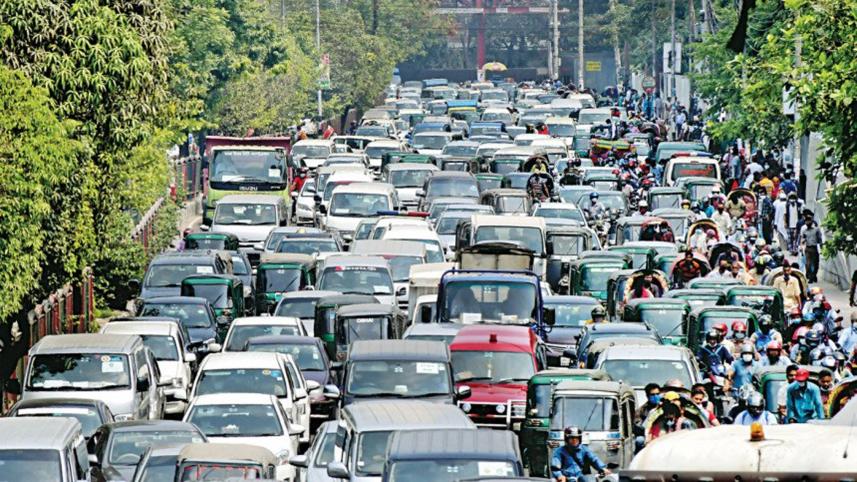Do we have a pandemic plan anymore?

In a move as baffling as most Covid-19 pandemic-related decisions taken by the government, a circular on Sunday announced the removal of most curbs starting Wednesday, August 11. This decision came on a day that saw 241 deaths and over 10,000 cases recorded in the previous 24 hours, while the positivity rate stood at 24.52 percent, according to the Directorate General of Health Services (DGHS).
According to the circular, 50 percent of all modes of public transport (such as buses, trains and launches) will be allowed to run and at full capacity. This means that there will be little to no social distancing on public vehicles, if past experience is any indication. Besides all offices, banks, factories, mills and financial institutions reopening, restaurants, malls, markets and shops will also be allowed to operate in a business-as-usual manner. While malls and markets will stay open from 10am to 8pm, restaurants will operate between 8am to 10pm, seating patrons at half capacity throughout.
The circular reflected decisions taken during an inter-ministerial meeting on August 3, to keep the economic wheels of the country turning. This relaxation of restrictions was also said to be applicable for the foreseeable future. But does the government have a solid Covid-19 pandemic plan for the foreseeable future? The constant flip-flops and confusion over its decisions, and the lack of foresight as evidenced by the lifting of almost all restrictions on Sunday, are not exactly reassuring.
As if to reiterate the contradictory nature of most of the authorities' pandemic-related decisions, Cabinet Secretary Khandaker Anwarul Islam yesterday said during a press briefing that "[operation of] recreation venues or public gatherings" will still not be permitted after August 10. But how can public gatherings be avoided if public spaces such as malls, markets and restaurants are allowed to stay open, and there are limited restrictions on vehicular movements? Will there be law enforcement personnel at every crowded corner trying to impose social distancing? How many of the thousands of people out and about will be fined or detained for not wearing masks properly? When—as one infectious disease specialist told a reporter from this daily—this lifting of curbs gives way to more Covid-19 cases and more deaths, how does the government plan to deal with a possible third wave of the pandemic?
While we commend the government for achieving its target of inoculating 32 lakh people (aged above 25 years) nationwide within only two days instead of the predetermined six days, we would also urge the authorities to not rest easy yet. The need to help citizens maintain their socioeconomic wellbeing is understandable, but this needs to be done in a more planned way and keeping the long-term future in mind—not just the next couple of weeks. It is high time for us to stop making decisions on the fly regarding the dire Covid-19 situation of the country.



 For all latest news, follow The Daily Star's Google News channel.
For all latest news, follow The Daily Star's Google News channel.
Comments